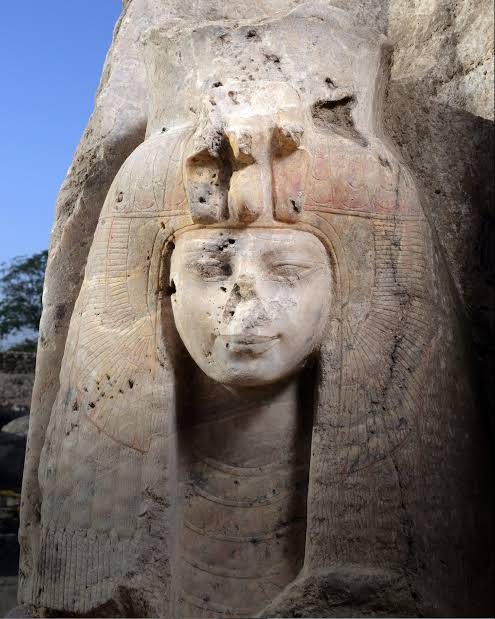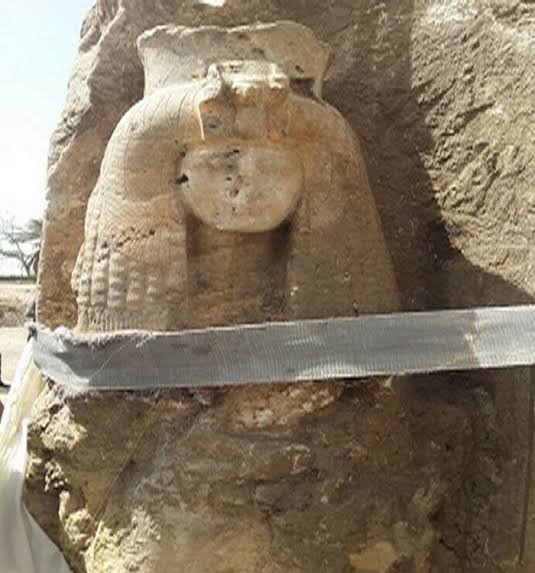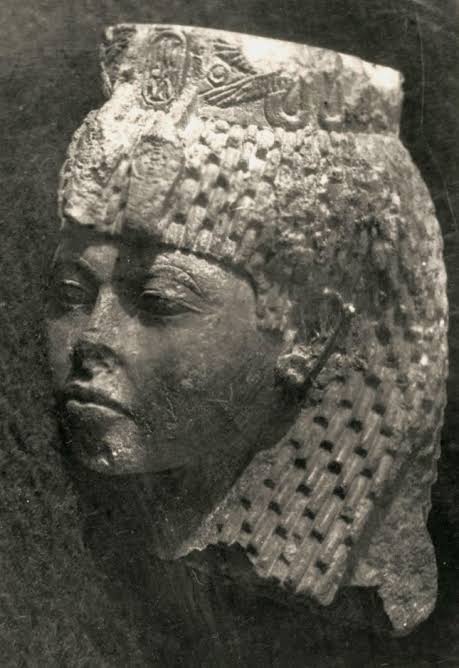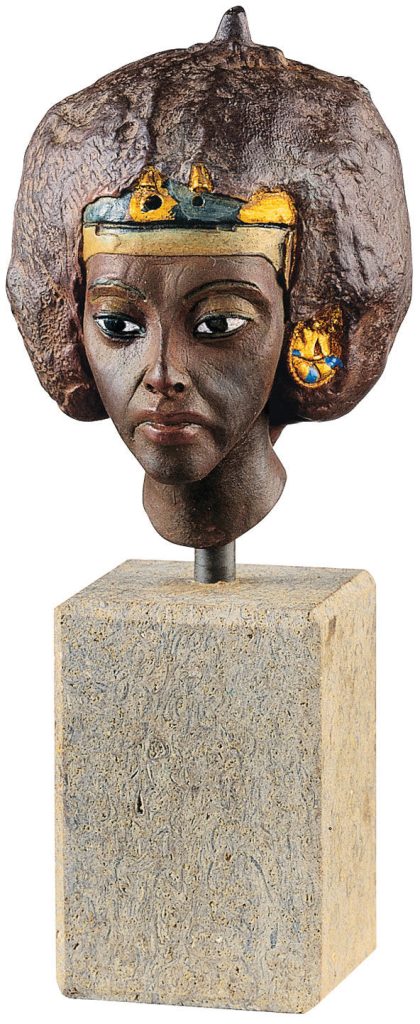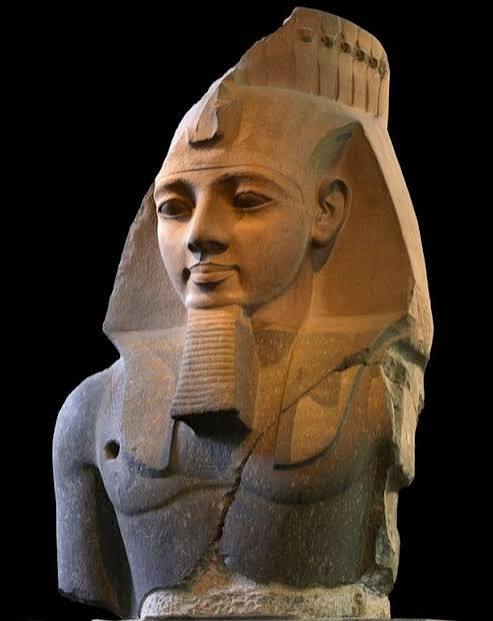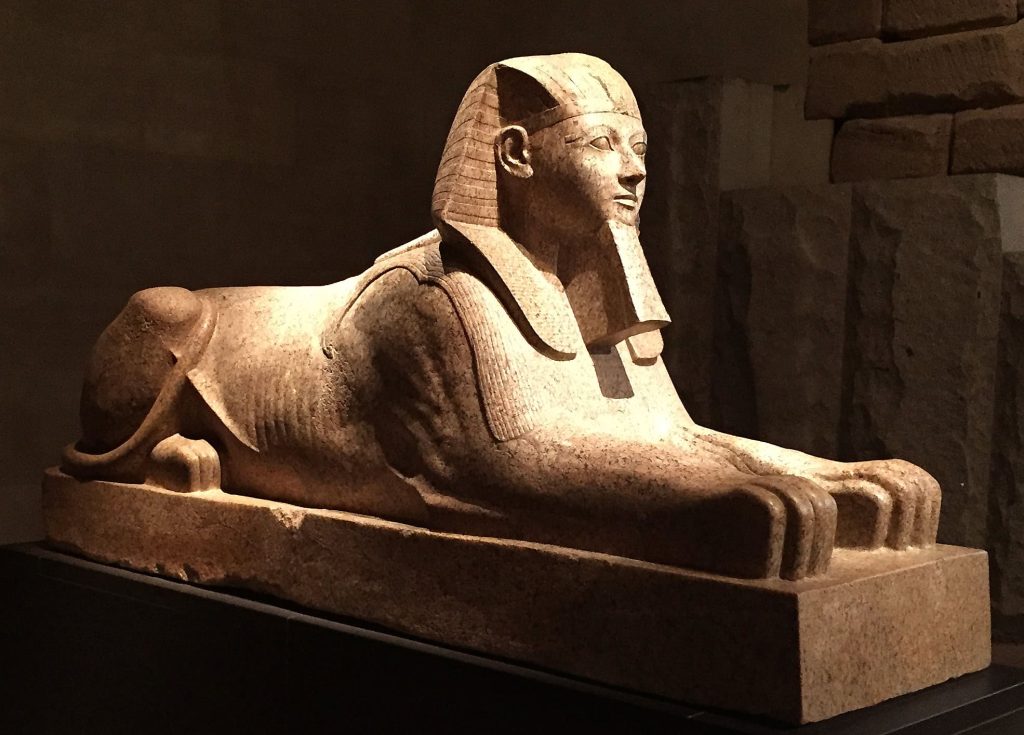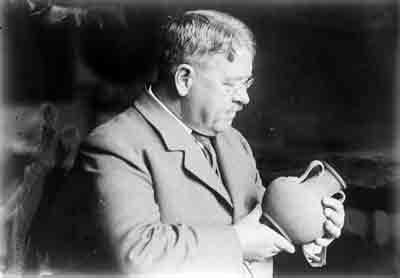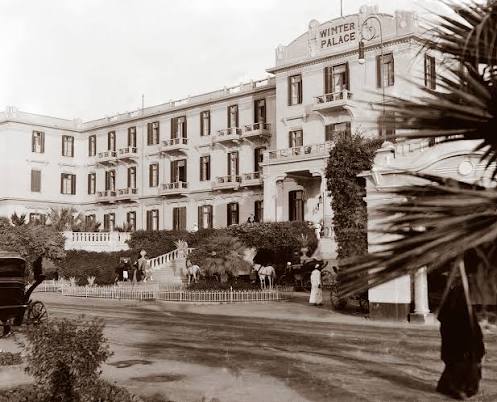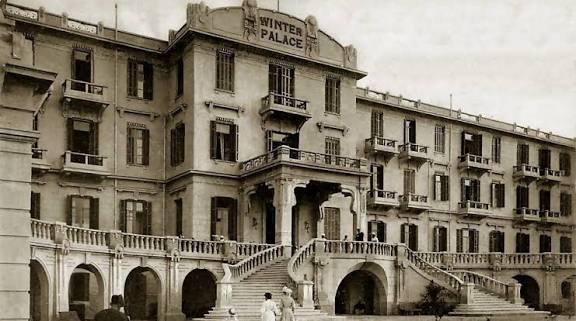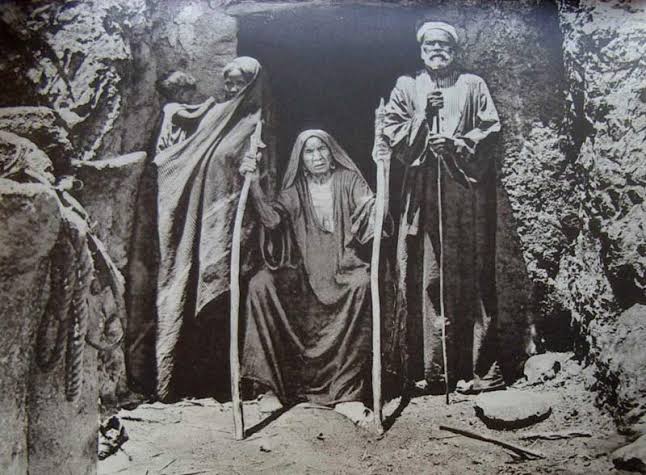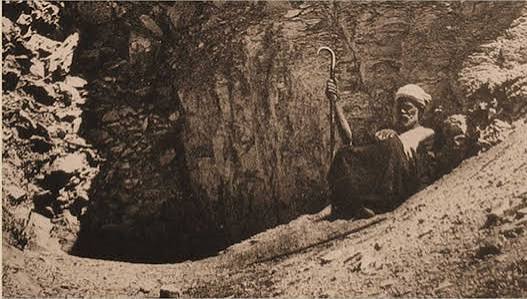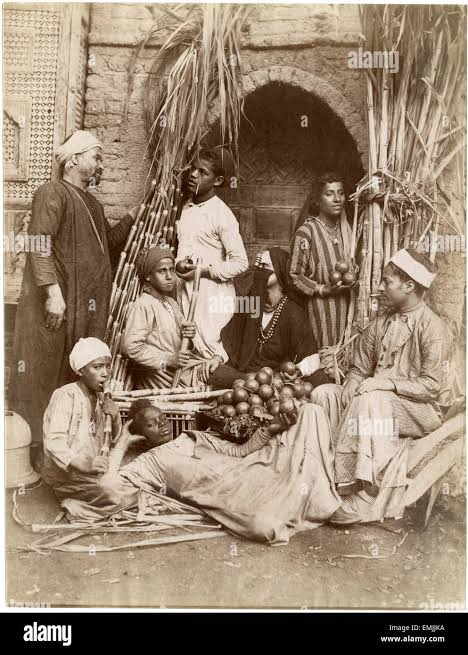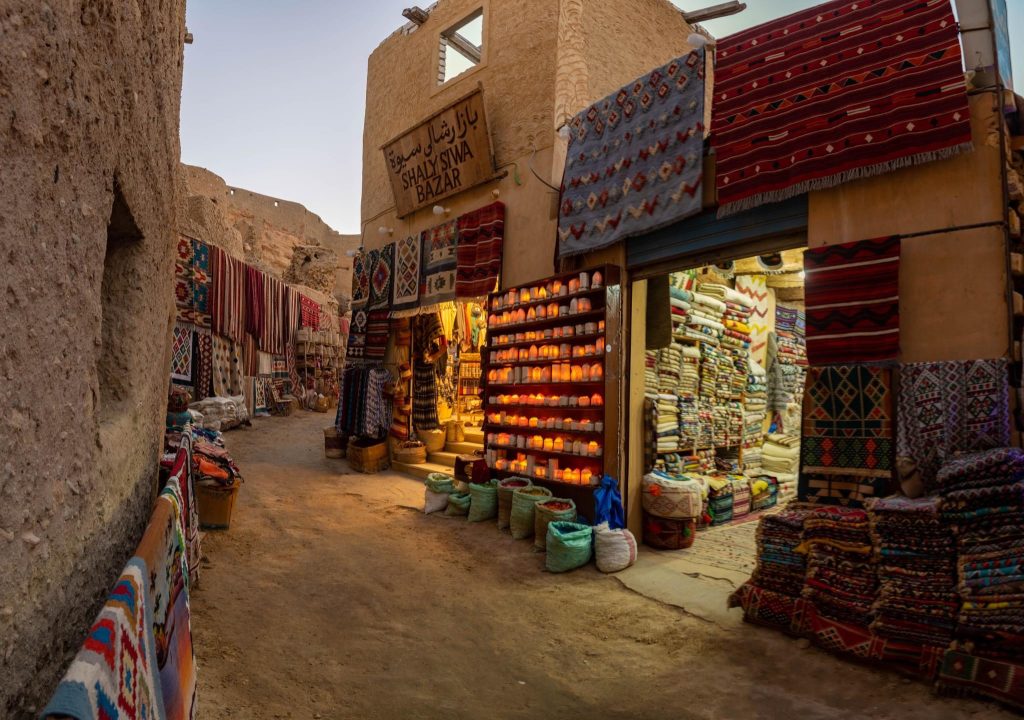The Fake Royal Tomb of Qurna: Egypt’s Greatest Antiquities Hoax
The Great Deception: How Villagers Fooled an Antiquities Dealer with a Fake Tomb in 1906
When we think of Egypt’s treasures, we often imagine golden masks, royal tombs, and monumental temples. But hidden among these stories of discovery lies another fascinating tale — one of forgery, wit, and deception.
In 1906, villagers in Qurna, a town west of Luxor, pulled off one of the most remarkable scams in Egypt’s history: they built a fake royal tomb so convincing that it tricked an antiquities dealer into paying a fortune for it.

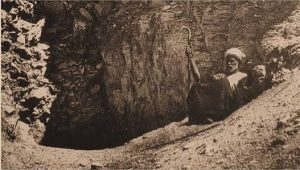
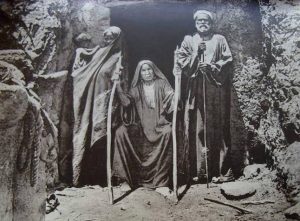
A Tomb Built from Imagination
According to a rare book titled Forged Egyptian Antiquities by T.G. Wakeling, the story began when an antiquities dealer at the prestigious Winter Palace Hotel in Luxor sought extraordinary pieces to impress his clients.
Hearing of his desire, some locals approached him with whispers of a complete royal tomb hidden in Qurna. Intrigued, he began negotiations. After much bargaining, the villagers unveiled their masterpiece: a tomb filled with statues, rare-looking objects, and treasures that seemed fit for a pharaoh.
Convinced by the display, the dealer paid 600 gold pounds — an astronomical sum at the time.
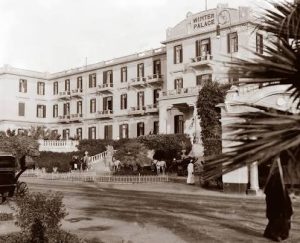
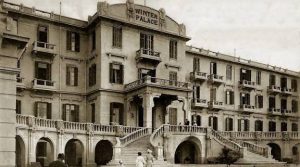
The Fake Royal Tomb of Qurna: Egypt’s Greatest Antiquities Hoax
The Truth Revealed
When the dealer proudly exhibited his acquisitions, renowned archaeologist George Reisner examined them. His verdict was crushing: every piece was fake.
What astonished scholars was not only the dealer’s gullibility but also the skill of the villagers. With no modern tools, they had created artifacts and even a tomb that could fool experienced eyes.
Forgeries in the World’s Great Museums
This wasn’t an isolated case. The trade in forged antiquities reached far beyond Luxor, slipping into the halls of world-class museums.
- The British Museum: Once displayed the statue of Tti Shery, long cited in academic works, before modern science exposed it as fake.
The Metropolitan Museum of Art, New York: Proudly showcased a sphinx attributed to Queen Tiye, supposedly sold to them by Howard Carter himself (yes, the discoverer of Tutankhamun’s tomb). Later analysis proved it was crafted from glass paste by an Armenian jeweler in Cairo.
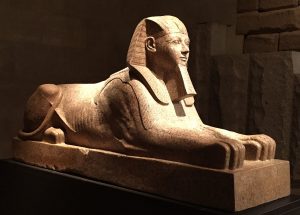
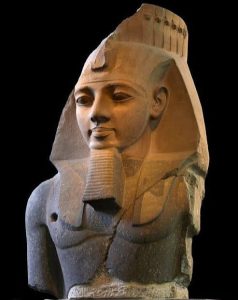
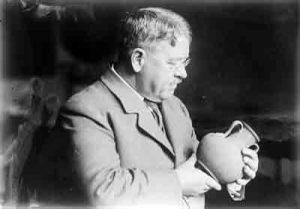
Masters of DeceptionThe forgers of Qurna and Karnak became legendary. Their craftsmanship rivaled trained archaeologists. Even Dr. Ahmed Fakhry, a leading Egyptian archaeologist in the 1930s, uncovered a hoax: a statue of one of Ramses II’s daughters. Workers had deliberately created it to impress a wealthy patron, tossing it into a pit to stage a “discovery.”
Another piece, a supposed 18th Dynasty Nubian head, once sat proudly in the Metropolitan Museum. Radiocarbon testing eventually revealed it was a modern forgery, despite claims of a Valley of the Kings origin.
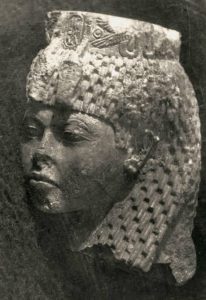
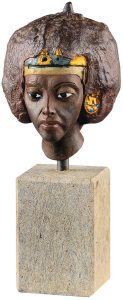
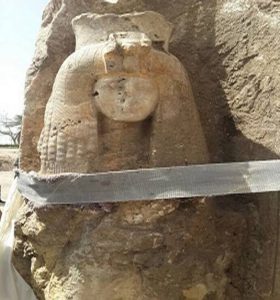
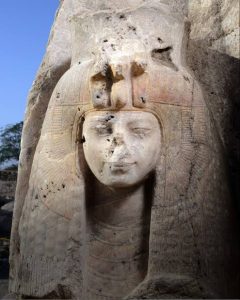
The Lesson of Qurna
The tale of the fake tomb in Qurna is more than just an amusing anecdote. It reminds us that the line between genuine discovery and forgery has always been razor-thin.
Even the most respected experts and institutions have been fooled. And sometimes, the most fascinating stories of Egypt’s past are not about what was found — but about what was faked.
“Would you have been fooled by the Qurna villagers? Share your thoughts in the comments below!”
If you’re planning a trip to Egypt and want it to be smooth, safe, exciting and unforgettable, look no further than Egypt Female Tour Guide – and especially Nahla.
From the first moment, Nahla helps organize a completely tailor-made journey. She coordinated all our private transport, the Nile cruise, expert local guides, and an incredible itinerary, adjusting every detail to match your needs and preferences. She was always responsive, super friendly and extremely professional.
Everything she arranged turned out exactly as promised – and even better. She was flexible, helpful, and made sure everything ran like clockwork. One of the things we appreciated most was her ability to adapt quickly and solve problems.
Discover more from Egypt Female Tour Guide
Subscribe to get the latest posts sent to your email.


